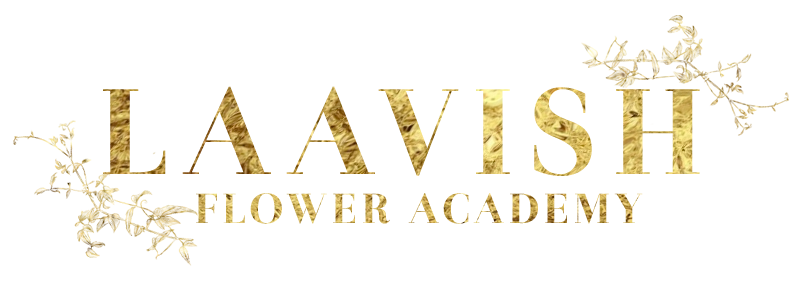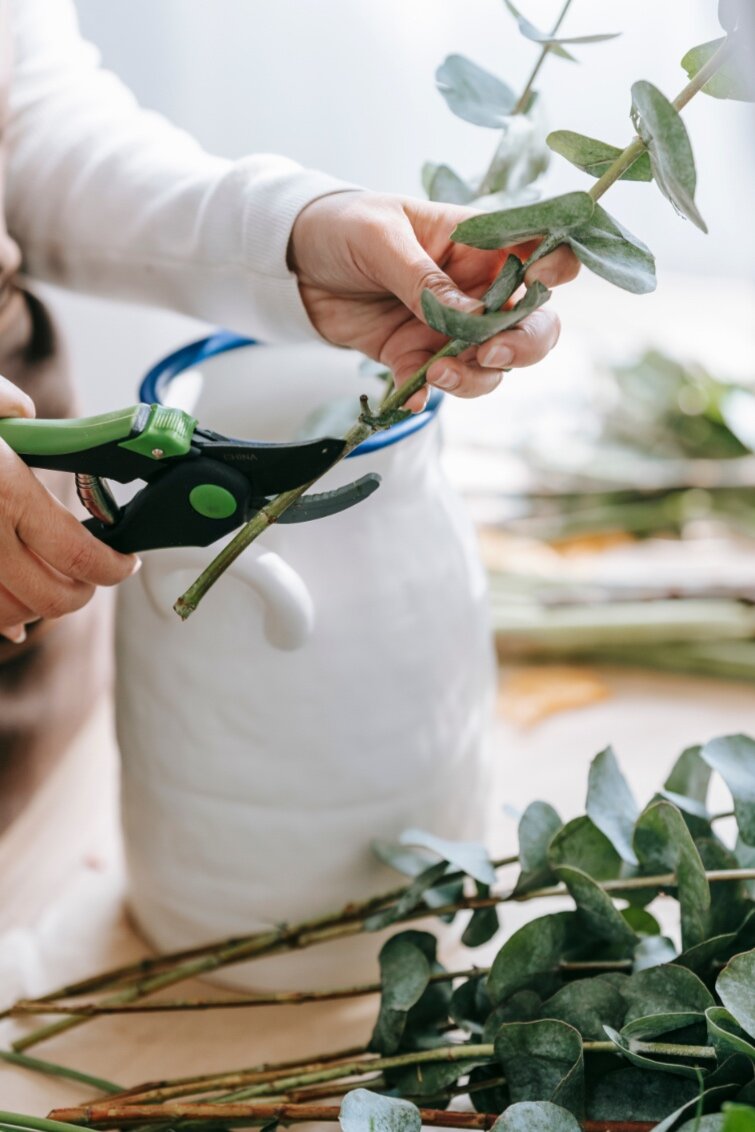Flowers and Plant Physiology
Every Florist should know the basics of plant physiology.
In this blog I will share a little insight from our upcoming ‘Industry Ready Course’, Where you will learn everything about Floristry in detail.
A plant is a very complex living form. As such, it engages in several specialised cycles that are necessary to support its life.
In order to understand the standards behind the care and handling procedures it is important to have a short insight of basic physical compositions and functions that are involved in plant respiration and nutrition.
Understanding these basics is crucial part of knowledge on your way to becoming a Florist.
“Every flower is a soul blossoming in nature.”
What is the key process for plants to survive?
Photosynthesis is the main process by which most plants get the food energy required for development and growth.
During photosynthesis, carbohydrates are made from water and carbon dioxide with the help of the light energy, delivering oxygen in a process.
This occurs by methods for chlorophyll, a green pigment made essentially out of iron. Since plants have always been the foundation of the food chain, it is photosynthesis that supports all life on earth and creates the oxygen rich climate that surrounds it.
Root system
The root system is important underground part of the plant by which the plant acquires water and supplements from the soil or other developing medium.
As the average plant consists roughly of 90% water, it is very important that a plant is able to absorb enough of water to maintain its healthy life process.
“Flowers always make people feel better, happier and helpful; they are sunshine, food and medicine to the soul.”
“Every seed grows into something amazing.”
How does it work?
Nutritional elements disintegrate in water and get absorbed into the roots by a process called osmosis.
It occurs because of a higher concentration of salts and other chemicals within the root cells than there is in a growing medium.
Process starts with the diffusion of fluids through the permeable membrane of the cell wall.
Water is drawn into, these cells because of the imbalance.
In case the medium is too salty, the reverse process can occur and water can actually be drawn out of the root system.
“Don’t let the tall weeds cast a shadow on the beautiful flowers in your garden.”
Transpiration
Water and broken down nutrients keep on being passed from cell to cell, and are moved all through the plants vascular system.
Water fumes and oxygen are delivered from little pores, called stomata, which cover the surface of the plants, particularly the leaves of the plant.
This process is called transpiration, which is exactly what happens in the breathing process of animals.
Transpiration and evaporation apply light pressure, that works almost like a vacuum that brings water further up from the plant.
Stomata
It is through the stomata that the plant additionally collects carbon dioxide, from which it extracts the carbon utilized in photosynthesis to make carbohydrates (sugar and starches).
During the process of respiration, carbohydrates are utilized to deliver the energy the plant needs for development and growth.
Respiration happens generally at night and photosynthesis takes process during the day, when light is available to drive the whole cycle.
When plant material is collected and is cut from its root, we eliminate food source and water supply, but respiration and transpiration still continue as long as the plant is alive.
With plants stem being cut, there is only one way of plant getting its nutrients into the vascular system.
So maintaining that cut end in a healthy functioning condition is one the primary goals of a florist.
“Let us live like flowers; wild and beautiful and drenched in Sunshine.”
Callus (point where plant was cut)
Callus is a scab that plant forms where it has been cut.
This callus, can block the flow of the water so it is very important to re-cut the stem every few days in order to plant to absorb as much water and nutrients as possible.
Plant should be cut with clean, sharp knife so you can avoid the infecting the water.
You must be sure to avoid conditions where debris, bacteria and embolism would thrive.
All of these can cause blockage of the movement of water supply.
“Flowers are the music of the ground. From earths lips spoken without sound.”
Even though the plant has been cut it is is still photosynthesizing, this is why it should still be exposed to some amount of light as it is crucial for plants healthy colour.
Because respiration is still taking place, cut flowers and foliage continue to use carbohydrates, this is why we use products such as floral preservatives that contain dextrose (sugar), which substitute the carbohydrates that were being used.
“Understanding plant physiology is a stepping stone in every florists career. It will help you to become more observant while working with fresh flowers and plants.”












